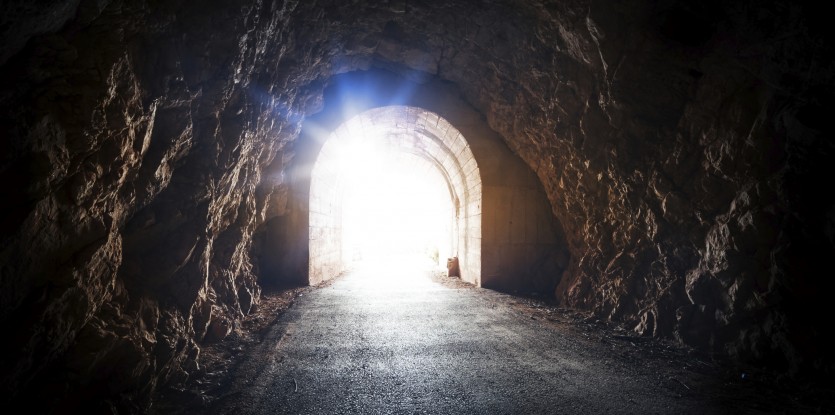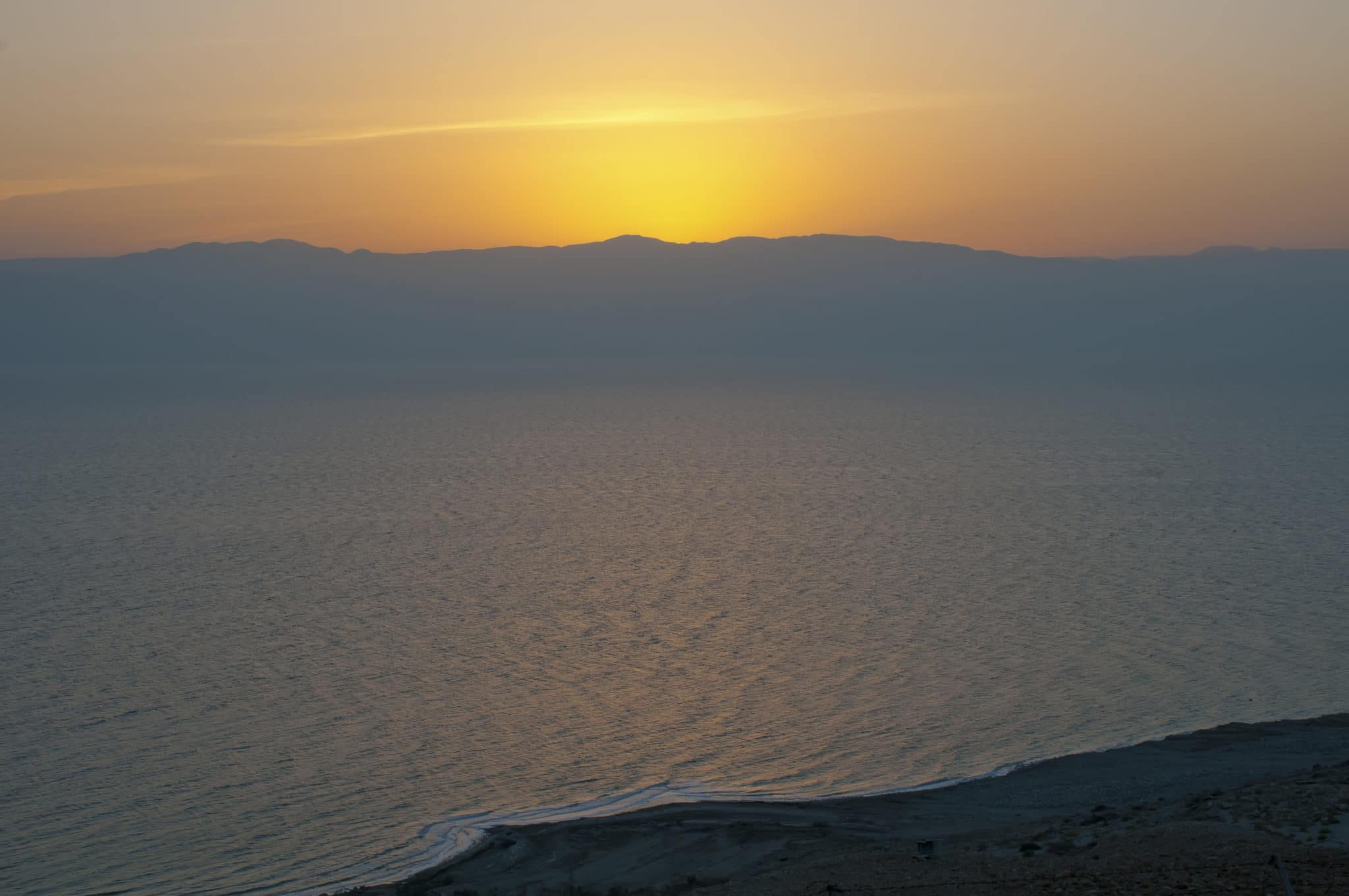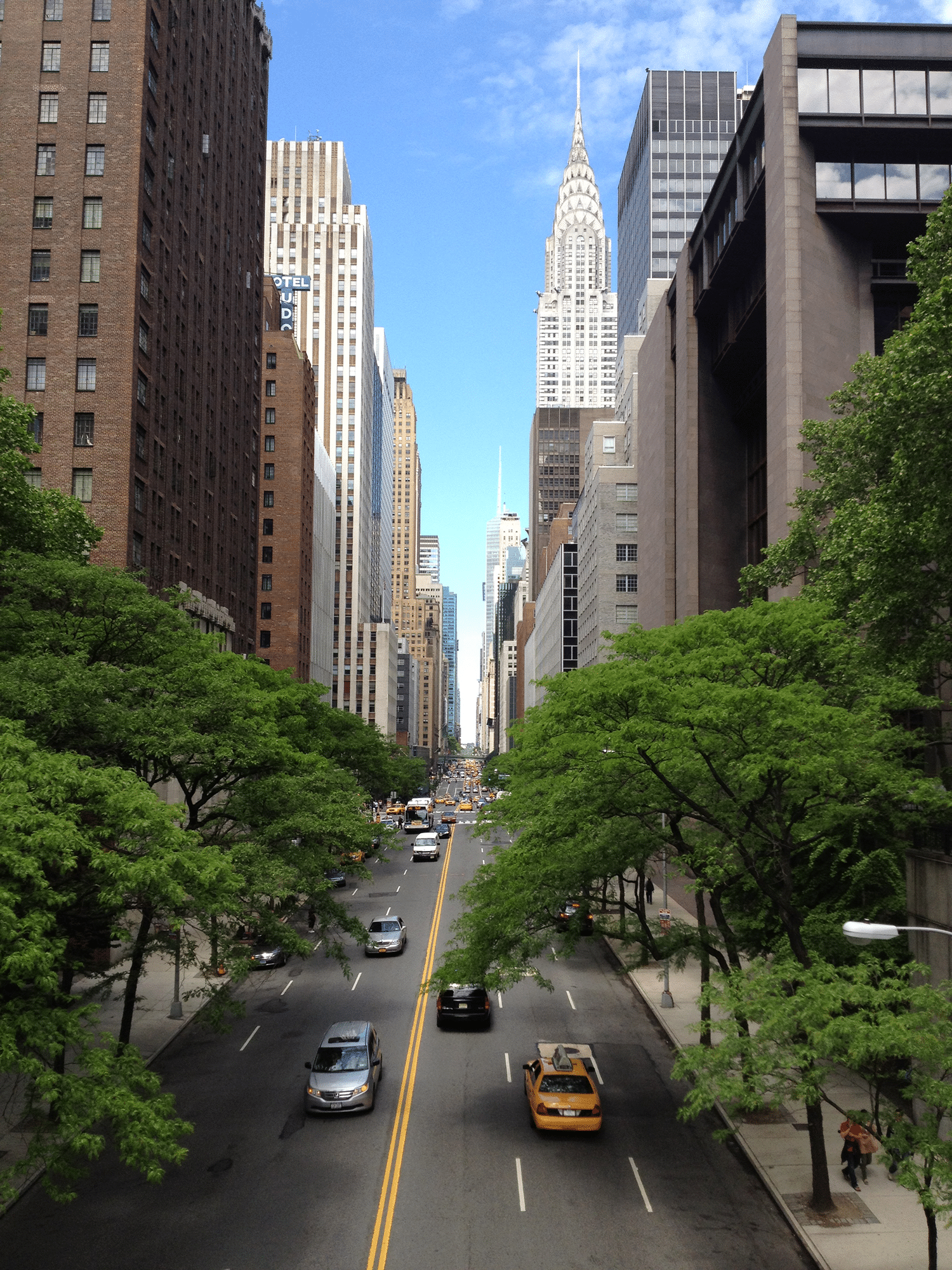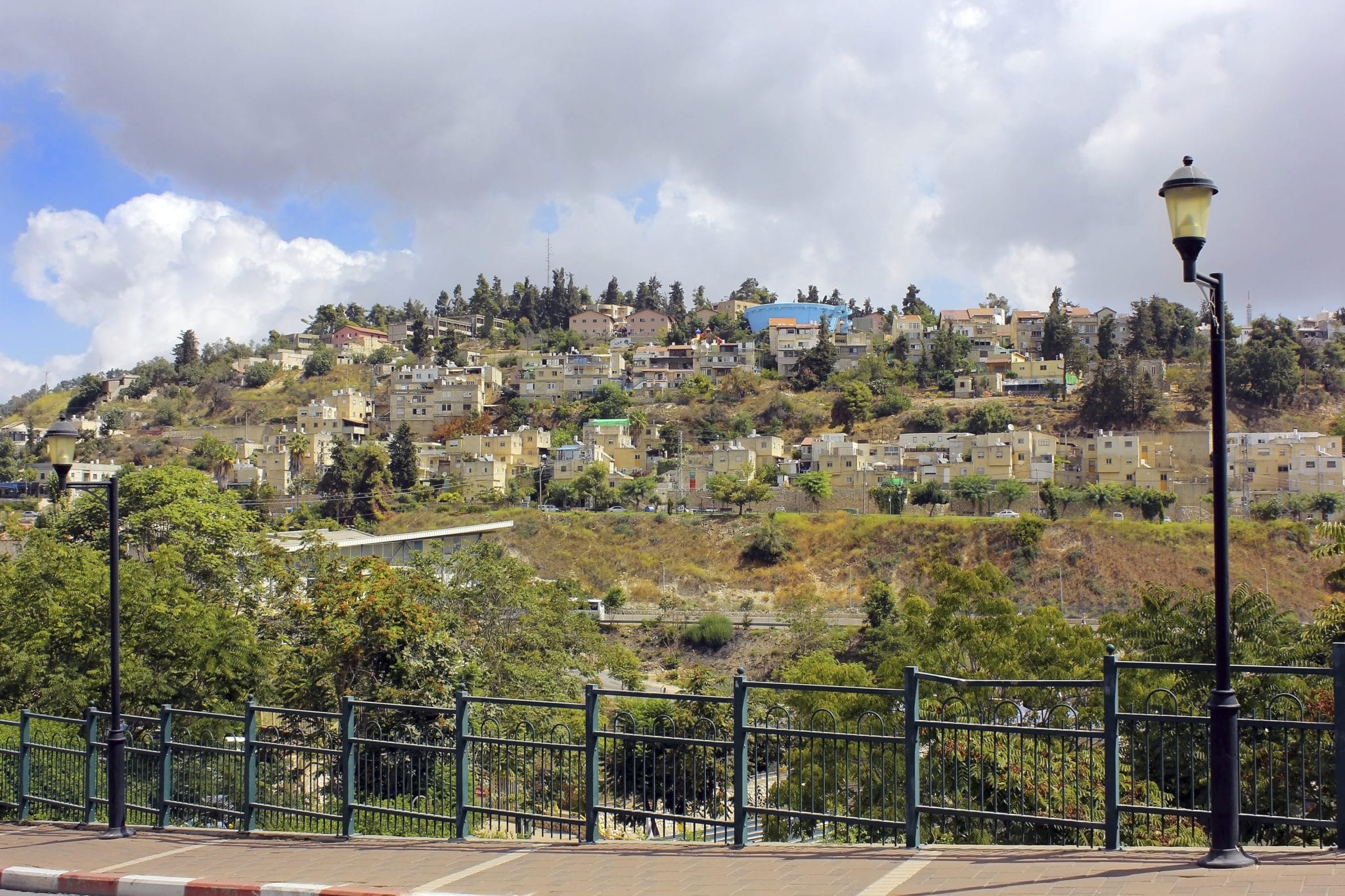Brief report from Israel:
Things are stable here. People are not living in crouched fear. They are careful where they go and avoid some of the more public dining areas. But overall, there is a positive attitude and it’s quite pleasant to travel and meet people wherever you go.
The mood sounds much worse via American media than it actually is. The news does not at all convey the strength and fortitude of the average Israeli. This does not minimize the tragic losses and pain this country has recently suffered, nor does it diminish the uncertainty and serious challenges ahead of us. But at the same time, a powerful spine holds up people here. And it’s empowering to be around them.
As we are about to enter Shabbat in Israel, I can say now more than ever that being here makes me proud to be a Jew.
May it be a peaceful Shabbat and week, both here and abroad. And may we be wise and do what we must to create true and permanent peace.
Shabbat Shalom,
Simon Jacobson
Old City, Jerusalem
Erev Shabbat Eikev, 6:07 PM
*****
FROM LEBANON TO ISRAEL
Diary
Note: My last week has been – and continues to be – overwhelmingly rich and fulfilling. With all the adrenaline flowing and all the energy around me, I find it extremely difficult to write. At least for me, it seems almost impossible to commit to paper (or e-mail) powerful experiences while I am
still in the middle of experiencing them, without the luxury (and detachment) of distance.
Yet, since my trip to Israel one year ago, only amplified by the events of September 11 and their aftermath, I have felt compelled to write a weekly commentary. I will therefore continue my writing this week, as difficult as it may be, and offer my apologies for any inadequacies in this week’s
offering.
*****
Friday-Sunday, July 19-21 – Lebanon State Forest, New Lisbon, NJ
Experienced an extraordinary Shabbat camping weekend with some 120 other souls. Sheer power emanates from a gathering that is self-generated and not dependent on human structures. There is something amazing – in its raw truth – about getting away from your comfort zones, being vulnerable to the elements, going into nature, and doing it with others. To sing, laugh and cry together as we sit under the serene heavens was simply transformative.
Additionally, there is great power in creating a Shabbat environment in a place where Shabbat was perhaps never felt. It’s like treading a path where no one had previously walked. You feel – in the words of the Baal Shem Tov – as if Existence itself from the beginning of time has been waiting for you to come to this place and sanctify it.
With all the chaos and upheaval going on around us today, with all the senseless deaths – it was beyond empowering to spend this time with real people. You know that feeling, when you just sit and watch quality people be real. I wish I could convey how deeply moved I was to be part of such an extraordinary experience, only enriched by the fact that I could spend it with my son, Menachem Mendel, who joined us in this adventure.
Of all the Sabbaths I have experienced – in five star hotels, age-old or modern synagogues – the most powerful one of all is Shabbat under the heavens. No crutches, no excuses, no smokescreens – just you, others and G-d.
In all our years of praying, never did the Shabbat prayers come alive as they did in Lebanon (State Forest). As we stood under the canopy of trees (over our central tent) we could literally feel the resonating words: “The heavens will rejoice, the earth will exult; the sea and its fullness will roar. The fields and everything therein will jubilate; then all the trees in the forest will sing.” “The rivers will clap their hands, the mountains will sing together.”
In all our years of praying, never did the Shabbat prayers come alive as they did in Lebanon (State Forest).
And sing they did, together with all of us.
Even the thunderstorms (until exactly 10PM) joined the chorus. “His lightnings will illuminate the world; the earth will see and tremble.”
And if this is not enough, we suddenly heard ourselves singing: “The voice of G-d is over the waters, the G-d of glory thunders; G-d is over mighty waters… The voice of G-d breaks cedars; G-d shatters the cedars of Lebanon. He makes them leap like a calf, Lebanon and Sirion like a young wild ox.”
Lebanon?! Yes, Lebanon.
As we sung these words, we all felt as if the ‘Lebanon’ around us was being shattered and the ‘forests stripped bare’ to make room for new openings.
Usually these are just words we say in the Friday night service. Last Friday night we actually experienced them. Wish you were there.
And then – after a night of incredible words, songs and camaraderie – the next morning we read in the Torah the moving words of Moses asking G-d to enter the Promised Land. Moses begged G-d with 515 (!) prayers to allow him in.
“I entreated G-d at that time, saying… “Pray let me cross over and see the good land that is on the other side of the Jordan, this good mountain and the Lebanon.” But G-d was angry with me because of you, and He did not listen to me, and G-d said to me, “Enough; speak to Me no more regarding this matter. Go up to the top of the hill and lift up your eyes westward and northward and southward and eastward and see with your eyes, for you shall not cross this Jordan. But command Joshua and strengthen him and encourage him, for he will cross over before this people, and he will make them inherit the land which you will see.”
The great commentator Rashi says that “this good mountain” is Jerusalem and “the Lebanon” is the Holy Temple, as some of the commentaries on Rashi explain, that the Temple is called Lebanon because it purified [Lebanon from the word ‘malbin’] the people of their sins.
“Lebanon” is also comprised of the two words ‘lev nun,’ literally ‘heart fifty.’ It manifests the power of ‘bina liba,’ the understanding heart – the fifty gates of understanding, that allow the heart to fully experience and communicate.
And so the Shabbat went, every moment richer than the one before it. Beautiful Shabbat meal, with words of inspiration from Phillip, Zvi, Yocheved and so many others. Glorious Shabbat afternoon, peaked by a moving Third meal, with its special melodies and the unexpected touching words that Noah shared with us about his father and about his love and appreciation for his wife.
Amazing havdalah service, and even stronger melave malka, as we sung and danced into the fire-lit night until reaching dawn.
Sunday morning captured the spirit of unity. People from such diverse backgrounds, young and old, joining as one – in a true model for what is expected of us as we return to civilization. If only we can hold onto this inspiration.
Sunday night I return to New York, only to ready myself for my next trip Monday morning.
Monday-Tuesday, July 22-23 – JFK Airport
From Lebanon to Israel I go. I fly.
Arrive Tuesday morning. Go immediately, with my friend Greg, to the Wall. Same wall, nothing seems to have changed. Yet so much has changed. Does the Wall feel the changes over the last year. Is it sadder because of the blood lost? Or is it oblivious or just plain worn out after seeing so many years of suffering?
Cannot tell by looking at the wall. But I can tell by looking at people’s faces.
Wednesday, July 24 – Judean Desert, Jordan Valley, Tiberias, Tzfat
Drive to Tzfat via the Jordanian valley route (Highway 90). The so-called West Bank. Over the green line (the land conquered by Israel in 1967). We drive through the Judean desert. To the right is the Dead Sea, the Jordan River and the border dividing Israel and Jordan. To the left is Jericho and other Arab occupied cities.
In the valley we spot fields of date trees, olives, grapes, bananas and more. The words in this week’s Torah portion (Eikev) come alive: “For God is bringing you to a good land that emerges in valleys and mountains, a land of wheat and barley, vines and figs and pomegranates, a land of oil producing olives and honey.”
I wonder how we have fulfilled the end of this verse: “You will eat and be sated, and you shall bless God for the good land He has given you.” Are we blessing G-d and appreciating what was given to us?
As we drive by Jericho I can’t help but look out to the right toward the River Jordan to see where the Jews crossed the Jordan as they entered the land. Perhaps I can detect some signs.
Am completely blown away that this is the place Moses is talking about at the end of this week’s Torah portion: “For if you keep all these commandments which I command you to do them, to love G-d, to walk in all His ways, and to cleave to Him, then G-d will drive out all these nations from before you, and you will possess nations greater and stronger than you. Every place upon which the soles of your feet will tread, will be yours: from the desert and the Lebanon [Lebanon again; wasn’t I just there?], from the river, the Euphrates River, and until the western sea, will be your boundary. No man will stand up before you; G-d will cast the fear of you and the dread of you on all the land upon which you tread, as He spoke to you.”
I look around and around as we drive. Here is the place that is the focus of G-d’s providence of His world. “A land which G-d your G-d cares for: the eyes of G-d your G-d are always upon it, from the beginning of the year to the end of the year.”
But are we doing our part in keeping the Land? G-d commands the people to destroy the idols of the land’s former masters, and to beware lest they become haughty and begin to believe that “my power and the might of my hand have gotten me this wealth.”
We drive on. First stop in Tiberias. Visit the graves of the Rambam (Maimonides), the Shaloh and some other greats.
The road to Tzfat is closed. We circle only to find out that there is no other route from this direction. They finally open the road to our relief. But the cop won’t let us make a right (he apparently doesn’t like cab drivers). So, more circles. Israel seems to be a place where people disproportionately go around in circles. Maybe it’s a way the Holy Land gets even with us after years of our neglecting it.
Maybe it’s a way the Holy Land gets even with us after years of our neglecting it.
Finally we are on our way to mystical Tzfat. Best place to be on this day, the 15th of Av. I want to see the sun set over the Galilean mountains overlooking one of the oldest and most powerful cemeteries – actually called ‘beis hachaim’ in Hebrew. When we ask someone for directions to the cemetery, they correct us and call it “beis ha’chaim,” House of Life. Thanks for the correction.
Indeed, it is the House of Life. Here lay some of the greatest tzaddikim – and especially Kabbalists, beginning with the holy Arizal, the Bet Yosef (R’ Yosef Karo), the Ramak (R’ Moshe Kordovero), the Mabit, R’ Moshe Alsheich, and so many others. Hosea the prophet I believe is the oldest gravesite. The resting place of Chana and her seven sons [killed by the Syrian king, Antiochus, for refusing to bow to is idols] is especially moving to see.
A man sees Greg and I standing on a spot near the Ari’s burial place (kever). He tells us that we are standing on the kever of the Ramak’s son. “How do you know?” I ask him, not seeing any markings indicating such. He tells me that he once discovered a piece of stone at this grave that bore the name of the Ramak’s son.
This man piques my interest. How would he have discovered the stone? We strike up a conversation. His name is Mordechai Shababi and he is the keeper of the cemetery for the last 30 years. He inherited the position from his father who inherited it from his father, as it was passed on father to son going back over 500 years ago to the time of the Arizal!
Of all people to meet here I meet this man. So I ask him why some of the graves are painted in blue? He tells me that since he doesn’t have money to put up signs indicating the identities of the gravesites, he painted the distinguished ones blue so they stand out.
— So now you know the secret to the blue graves in Tzfat.
He also shares with me a dream he had – which I will write about next week.
The return trip to Jerusalem is a trip indeed. We leave Tzfat around 8:30 PM. By now night has fallen and the Jordan Valley – over the Green Line – is a new world where you can feel ‘between the lines’ buzzing activity, with army vehicles, checkpoints ad roadblocks littering the roads. As we arrive down the 90 near Jericho, we are redirected on a detour to another road toward Jerusalem. A bumpy, dusty one-line road that is several feet from the fence on the Israeli-Jordanian border.
A friend in the car freaks out of fear. I actually find myself entering a very peaceful place. After all, this is the last place where a bombing (G-d forbid) would take place. In the middle of a desert. No one around for miles. Only army vehicles. And I was excited by the sheer opportunity to ride along the border where the Jews entered the Promised Land 3274 years ago.
Make it back safe and sound at 12:30 PM. Am exhausted but exhilarated. Not a good mix for sleep. But hey, who has time for sleep anyway?
Thursday, July 25, Jerusalem
Visit the tunnels beneath Jerusalem and the Wall. If you want to see the truth and reality of Jerusalem and Israel you MUST visit these tunnels. Indeed, as I was to discover, these tunnels reveal the truth about our entire world situation today.
You enter the tunnels at the western end of the Wall and you exit in the ‘Arab Quarter.’ The tunnels reveal the Temple structure before the Romans destroyed it and the Muslims built their homes and mosques on these ruins.
The Western Wall as we know it is actually maybe only 1% of the entire edifice that was once surrounding the Temple – actually, the land plate that created level round upon which to build the Temple. The Western Wall is a remnant of a long wall that stretches hundreds of meters, which you see as you walk through the tunnel, until you reach the north-western corner, which is actually no longer a wall but the actual Temple Mount (Mt. Moriah).
In the tunnels you see the original Herodian stones, and you see the areas where the Romans destroyed the wall, and how they were not quite able to finish the job, leaving jagged edges of stone standing. What is even more shocking – and blood boiling – is what the Muslim did 700 years later. They rebuilt parts of the wall, no, not to rebuild the Temple, but to serve as a foundation (and cistern and sewers) for their own structures. They completely covered up every remnant of a previous structure, and converted the entire place into new buildings, courtyards, streets, and of course, the two mosques on the Temple Mount proper. To the naked eye no one could tell that something existed here before.
But G-d has His own mysterious ways. Though most of the wall was buried by the combination of Roan destruction and Muslim rebuilding, a sliver of wall remained exposed, allowing us a glimpse to the reality within. This remnant is the Western Wall of today, where the shechinah rests eternally, and it wakes us up to peer inward. And indeed we did, uncovering these fascinating tunnels that reveal the inner truth.
Suddenly, the entire reality of history – and today’s events – appeared before my eyes.
The Holy Temple in Jerusalem is the center of the universe. The Holy of Holies on top of the ‘even ha’shesiya,’ the Foundation Rock, upon which the entire world is built. Adam and Eve were created atop this mountain. Cain and Abel, Noah all brought their offerings here. Abraham offered Isaac on this mountain. Jacob had famous dream here.
The children of Esau (Romans) and Ishmael (Muslims), each in their own time destroyed and concealed the truth of the Temple Mount. Today, we see how perceptions are so distorted and people are convinced that the outer façade is true, and deny the underlying truth.
Everyone is invested in perpetuating this myth, and will do everything to suppress the truth that lies beneath and within the Temple Mount.
Why did they go to such lengths to build entire structures – what is today called the Arab Quarter – to cover up what lies below? The question is rhetorical; you can figure out the answer yourselves.
As we exit out the tunnels into the Arab Quarter, I see it all come alive.
Yes, as we traveled from Lebanon to Israel I realize in the process that our challenge today is to uncover the hidden foundations beneath Jerusalem, and to bridge the outer surface with its true reality within. And the only way to do so today is from the ‘bottom up.’ A grass roots effort of transforming the trees and forest of ‘Lebanon’ in our lives into a dynamic source of sanctity.
So, is Jerusalem still sitting alone as Jeremiah describes 2424 years ago? I guess so. But this time it waits for us to make a move. You can feel that Jerusalem is waiting for us.
So, last Shabbos – Shabbat Nachamu – we transformed Lebanon State Forest into a truly sacred space and time. This Shabbos I enter into Jerusalem with something to offer. I bring to you, Jerusalem, the warmest regards of souls inspired by you. I bring to you the energy created by a group of us last week in a beautiful Shabbos that we experienced in Lebanon. I tell you, Jerusalem that you have a partner that is willing to pay the price to reveal your hidden secrets and to expose your inner self.
Resultingly, Jerusalem will perhaps feel a little less lonely this Shabbos.








Comments are closed.